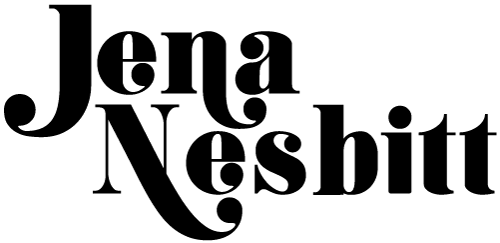Education Case Study : Entrepreneurship at The Art Institute of Portland
The following case study details my experience restructuring the Entrepreneurship course to better educate the modern freelancer and creative startup founder.

What was my role? Instructor & Course Designer
How did I structure this course? My first exposure to the startup scene was at an event called Portland Startup Weekend. I attended this event with the intent of finding new freelance clients by pitching a wild idea for frozen treats people could share with their dogs. Much to my surprise, I attracted a team of 10 people and won best customer validation and best product execution. I learned valuable lessons during that experience about gaining customer validation, creating a minimum viable product, and developing a sustainable business model. I took my inspiration from the event and reconfigured it into an 11-week college course for design and marketing students at The Art Institute of Portland.
What are the goals & outcomes of this course? This class teaches students how to identify opportunities, then find problem/solution fit, design a minimum viable product, put together a pitch deck, and write a compelling business model. I’ve been told by numerous students that this course is one of the most inspiring and beneficial they took while pursuing their degree. Several students have completed the class and moved on to pursue their business plans, some of which are still in operation today!
Who did I collaborate with? Norton Young, Design Department Director
Who were the stakeholders affected by my work? Students, Instructors & Administrators at The Art Institute of Portland
CRAFTING COURSEWORK
This class was designed to engage students and empower them to think critically. All classes begin with a student-led discussion of current events in business, giving them the ability to debate the grey areas surrounding corporate success, ethics, and marketing. During the first 5-weeks of the course, students work in teams to create a minimum viable product and then pitch that concept to their classmates. The second part of the course is comprised of each student writing their own comprehensive business plan for any idea they can prove passes a feasibility test.

IDENTIFYING RESOURCES
I aim to give students access to resources that fuel their research and lead to more profound learnings. Students are introduced to news outlets, publications, books, websites, and podcasts that will spark their curiosity and entrepreneurial spirit. Instead of assigning frequent readings, I often mix it up with video and podcast based assignments that appeal to different learning styles

FINDING PROBLEM/SOLUTION FIT
I frequently remind my students that it is hard to solve a customer’s problem if it is based on an assumption. All projects require students to find customer validation for their business concept, leading them to create online surveys and conduct in-person interviews. We work through the process of how to write non-leading questions and perform proper market researching. I guide students to ensure they are identifying the appropriate solution and generating a correct minimum viable product.



WRITING A BUSINESS PLAN
Even I find writing a business plan daunting, but successful completion of this course requires every student to complete this task. Starting the plan begins with using a One-Page Business Model Canvas to identify the critical components needed to successfully execute a minimum viable product. We then spend 6-weeks developing the business plan to include a full breakeven budget and marketing strategy.

PITCHING THE IDEA
I feel presentation the art of pitching a business is significant for my students to learn. Everyone is required to present their work in front of peers and guests from the Portland business community. This experience allows students to speak about their process in conceptualizing the minimum viable product, gaining customer validation, and finding a functional business model. Pitches are followed by a short question and answer session, which allows giving feedback and clarifying any missing information


I’m a natural teacher who, before taking over my classroom, took roles in peer mentorship and tutoring. My free time is often spent reading, listening, and viewing information from a wide variety of sources.
